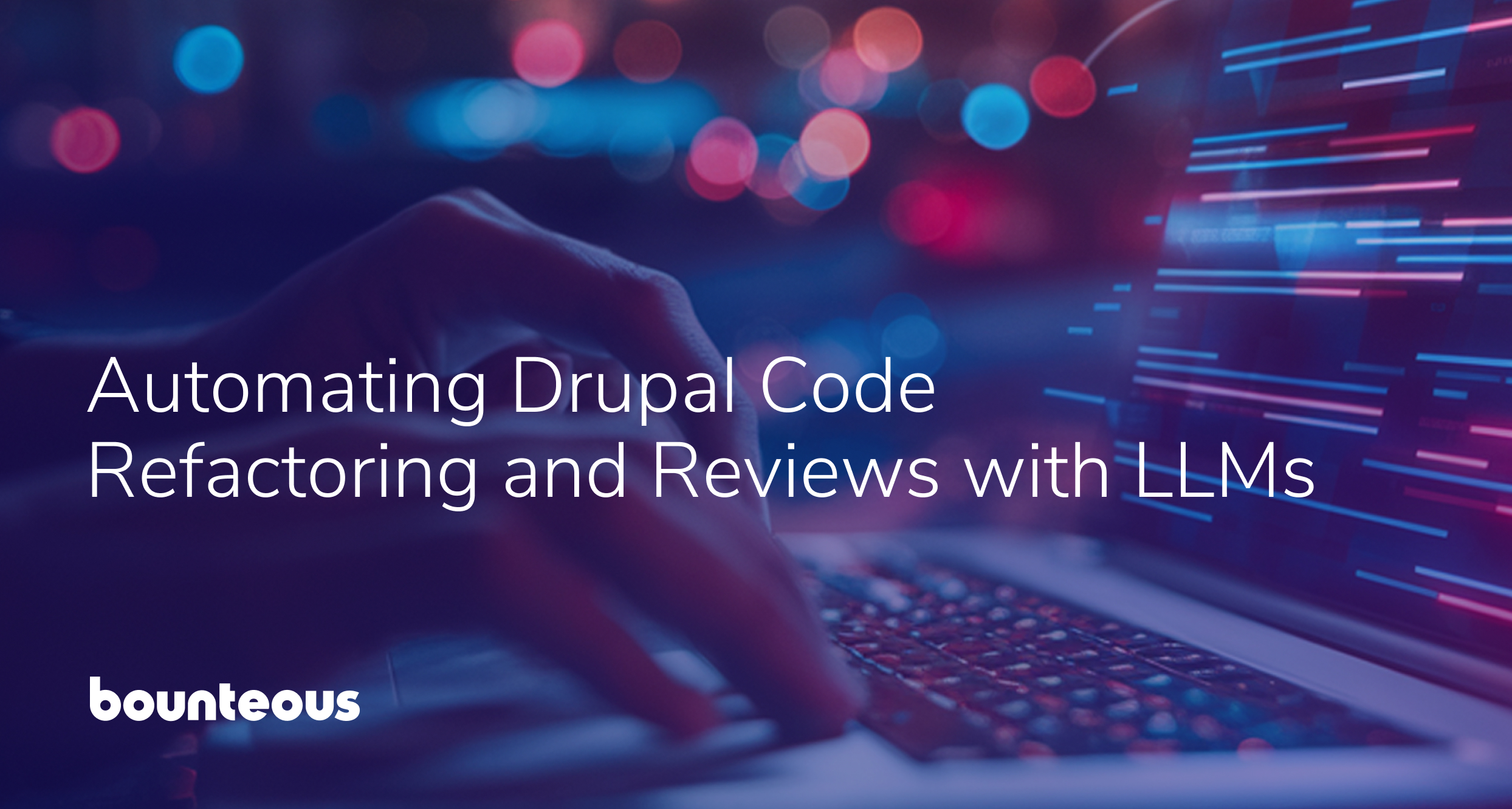Create a Culture of Personalization with Organizational Buy‑in

The importance of personalization in today's digital landscape cannot be overstated. According to EMARKETER, 73% of customers expect companies to understand their unique needs and expectations. Personalization has evolved into a fundamental consumer expectation, with customers anticipating meaningful returns for sharing their valuable data.
In our previous blog, "Why AI is the Key to Effective and Creative Personalization Strategies," we explored how AI enhances personalization. Now, we turn our focus to a vital step in your personalization strategy: organizational buy-in.
Achieving buy-in across departments and stakeholders is essential for effective personalization. To secure organizational support, it is important to highlight the key benefits of introducing a personalization strategy while understanding and anticipating common challenges that might arise as you start to roll out your plan.
By fostering a culture that embraces personalization, your organization can unlock new levels of customer engagement, loyalty, and lifetime value.
Buy-in is Crucial for Implementing Personalization Strategies
Personalization is an enterprise endeavor that needs support from all levels. Effective personalization requires significant investments in technology, data analytics, and training, making resource allocation a critical factor. Additionally, it demands cross-departmental collaboration among marketing, sales, IT, and customer service to ensure a unified customer experience. Consistency across customer touchpoints and engaged employees who embrace personalization are essential for fostering a customer-centric culture. Addressing challenges such as resistance to change, siloed teams, and data privacy concerns is vital for achieving buy-in and ensuring successful implementation of personalization strategies.
Achieving Organizational Buy-in for Personalization
Personalization is a powerful strategy and achieving organizational buy-in leads to successful implementation. Oscar Ningzi Wang, SVP, Strategy & Insights, Bounteous x Accolite shares, “It’s helpful to think of this process in two distinct altitudes: Ignition and Sustaining. Each altitude includes various aspects to guide your strategy and ensure comprehensive support.” Some aspects of each altitude are discussed below:
Altitude 1: Ignition
- Align Personalization Goals with Business Objectives. Demonstrate how personalization aligns with and supports your organization’s key business goals. Create a clear roadmap that links personalization efforts to measurable outcomes, such as increased conversion rates, higher customer lifetime value, and improved customer satisfaction. Use data and analytics to show the potential return on investment (ROI) and make a compelling case for personalization.
- Start with Pilot Programs. Begin with pilot programs to demonstrate quick wins and build momentum. Select a specific segment of your customer base or a particular marketing channel to test personalization strategies. Use the success of these pilot programs to gain broader support and showcase the potential impact of personalization on a larger scale.
- Secure Executive Sponsorship. Gain support from top executives who can champion personalization efforts and allocate necessary resources. Highlight the strategic importance of personalization in executive meetings and present data-driven insights to make a compelling case. Executive sponsorship is crucial for driving organizational buy-in and ensuring that personalization initiatives receive the attention and resources they need.
- Communicate Success and Iterate. Regularly communicate the benefits and progress of personalization initiatives to all stakeholders. Share data and success stories to illustrate the impact and maintain momentum. Use feedback and insights from pilot programs and initial efforts to refine and improve your personalization strategies continuously.
- Overcoming Obstacles and Measuring Success. Address common challenges such as resistance to change, siloed teams, and data privacy concerns. Foster a culture of openness and continuous learning. Establish clear communication about personalization's benefits and offer training to bridge knowledge gaps. Implement transparent data practices and comply with regulations to alleviate privacy concerns. Measure success through key performance indicators (KPIs) like engagement rates, conversion rates, and customer lifetime value. Regularly analyze these metrics and share success stories and data-driven insights to maintain momentum and demonstrate the value of personalization.
Altitude 2: Sustaining
- Foster Cross-Departmental Collaboration. Encourage collaboration between marketing, sales, IT, and customer service departments. Establish a cross-functional team dedicated to personalization initiatives to ensure that all departments are aligned and working towards common goals. Use collaborative tools and platforms to streamline communication and data sharing, fostering a unified approach to personalization.
- Invest in the Right Technology and Tools. Identify and implement technologies that support personalization at scale. Ensure that the chosen tools integrate well with existing systems and can handle the data and analytics required for effective personalization. Highlight the role of AI and machine learning in scaling personalization efforts, making it clear that investing in the right technology is essential for success.
- Educate and Inform. Start by educating your team about the importance and benefits of personalization. Conduct workshops and training sessions to explain how personalization can drive engagement, increase sales, and enhance customer loyalty. Share success stories and case studies from other organizations to illustrate the tangible impact of personalization. Highlight how AI is enhancing personalization efforts and making it easier to connect with customers.
- Communicate and Iterate. Maintain regular communication of personalization benefits and progress to all stakeholders. Share data and success stories to keep the momentum going and continuously refine strategies using feedback.
Building a culture that appreciates change, is open to evolving, and embraces organizational buy-in can drive long-term business growth. By fostering this culture, you can successfully implement and scale new personalization programs, creating meaningful, personalized experiences for your customers.
For additional insights, download our ebook, "The Future of Personalization," which offers a deeper dive into effective personalization strategies.


